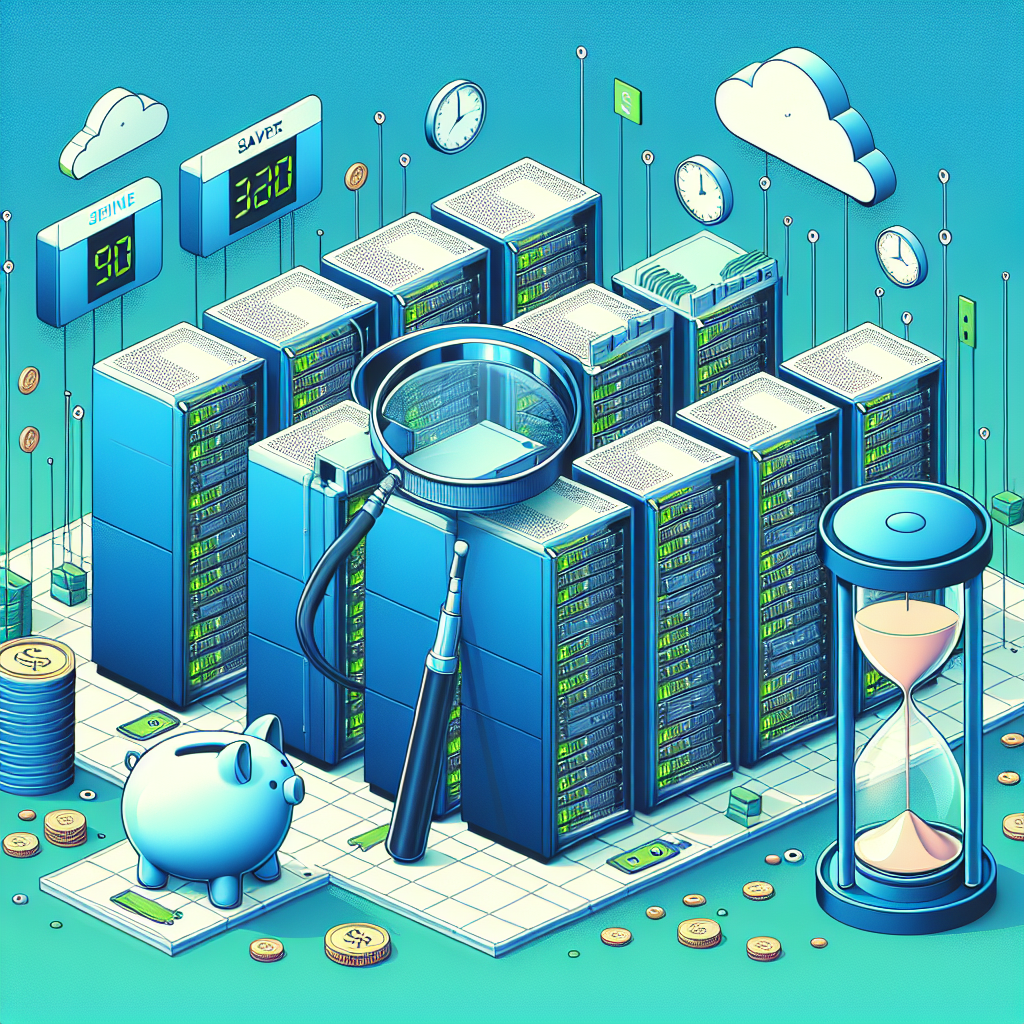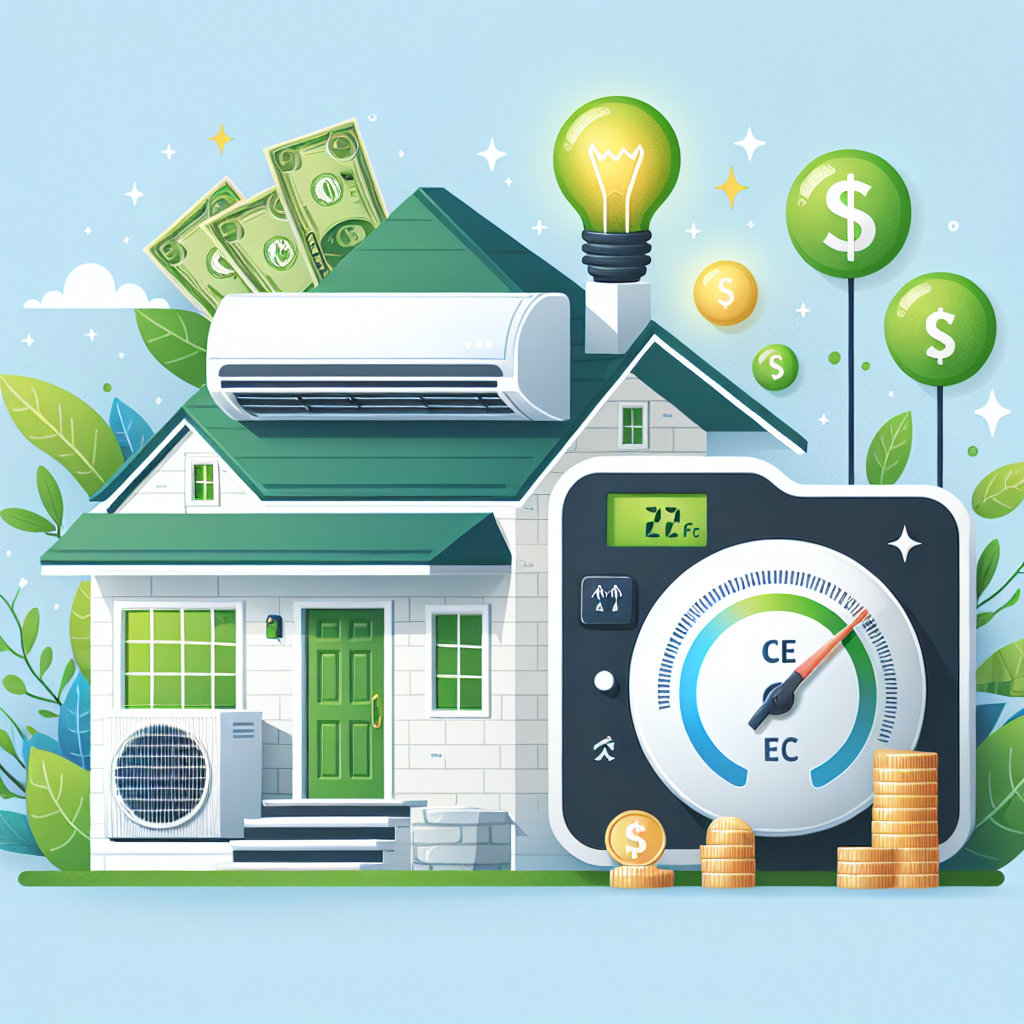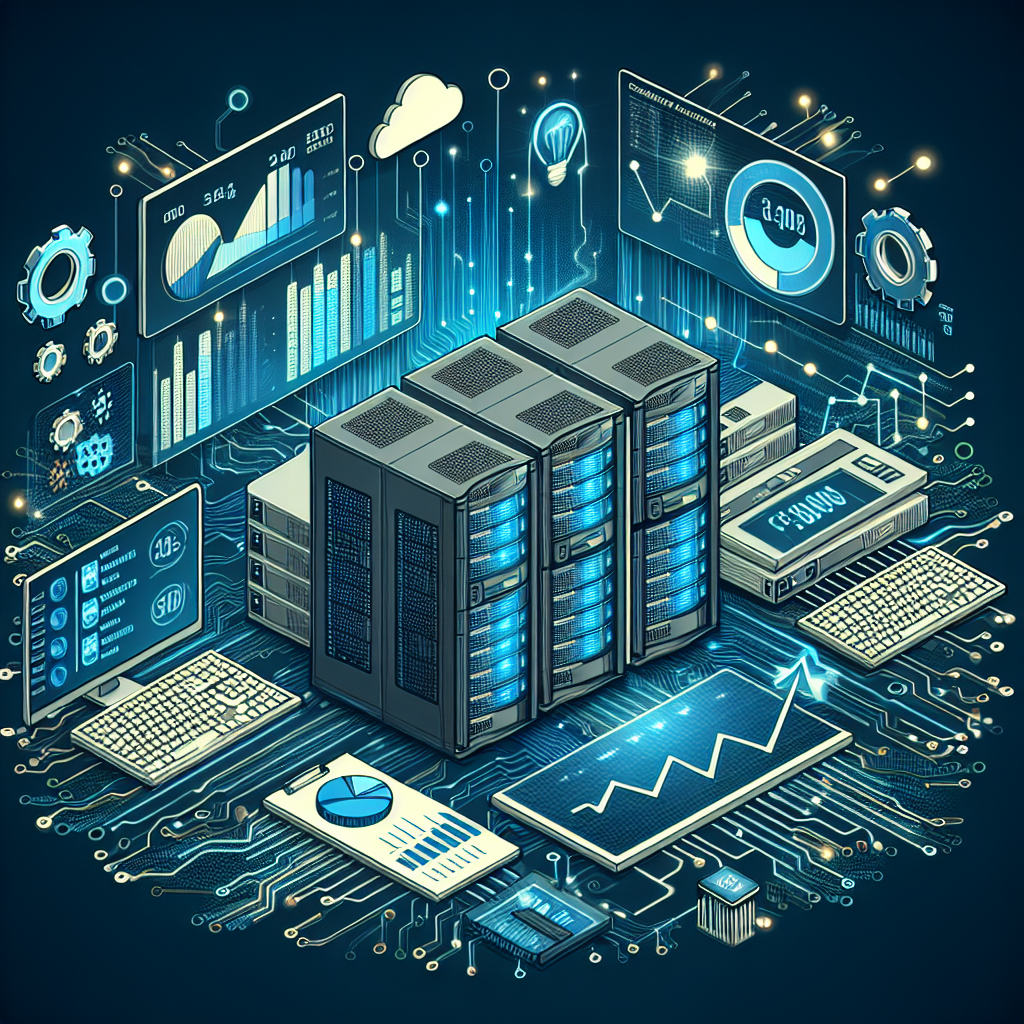In today’s digital age, data centers play a crucial role in storing and managing vast amounts of data for businesses of all sizes. With the increasing demand for storage and processing power, data centers are becoming more complex and costly to operate. However, by implementing proper lifecycle management practices, businesses can save money and maximize the efficiency of their data centers.
Lifecycle management involves planning, deploying, operating, and maintaining IT infrastructure throughout its entire lifespan. This includes managing hardware and software assets, as well as monitoring performance and capacity to ensure optimal efficiency. By adopting a proactive approach to lifecycle management, businesses can reduce costs, improve performance, and extend the life of their data center equipment.
One of the key benefits of proper lifecycle management is cost savings. By regularly assessing and optimizing IT assets, businesses can identify inefficiencies and eliminate unnecessary expenses. For example, by consolidating servers or upgrading to more energy-efficient hardware, businesses can reduce energy consumption and lower operating costs. Additionally, by extending the life of existing equipment through regular maintenance and upgrades, businesses can avoid the high costs of replacing outdated hardware.
Another cost-effective solution offered by lifecycle management is the ability to scale resources based on demand. By monitoring performance and capacity, businesses can accurately predict future needs and adjust resources accordingly. This prevents over-provisioning, which can lead to wasted resources and increased costs. By scaling resources dynamically, businesses can optimize efficiency and ensure that they are only paying for the resources they actually need.
Furthermore, proper lifecycle management can help businesses avoid costly downtime and data loss. By implementing regular maintenance and monitoring practices, businesses can identify and address potential issues before they escalate into major problems. This proactive approach can prevent costly downtime and ensure that critical data is always available when needed.
In conclusion, proper lifecycle management is essential for maximizing the efficiency and cost-effectiveness of data centers. By implementing proactive practices such as regular maintenance, performance monitoring, and resource scaling, businesses can reduce costs, improve performance, and extend the life of their data center equipment. Ultimately, adopting a lifecycle management approach can help businesses save money and ensure that their data centers continue to meet the demands of today’s digital economy.











